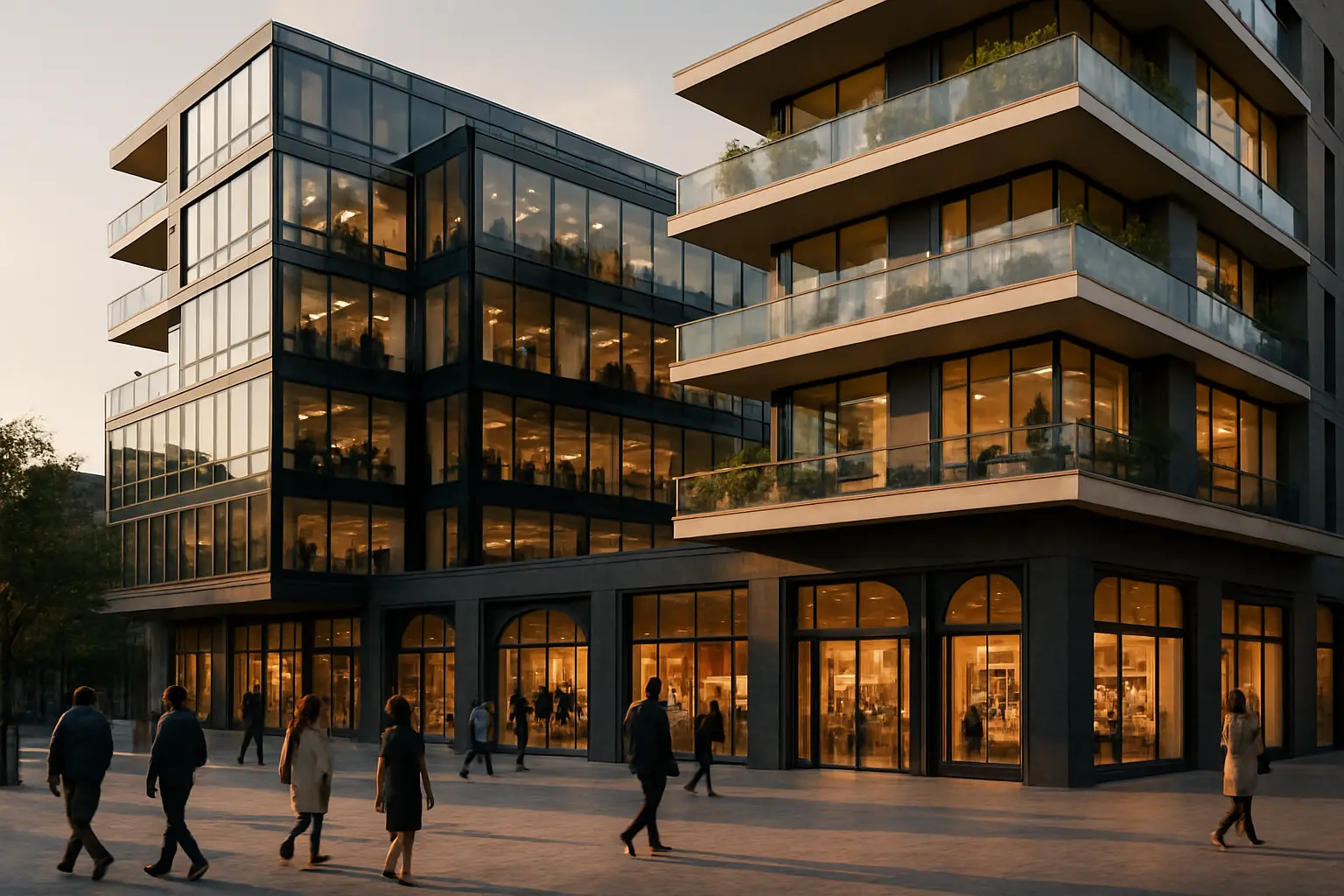Smart Space Solutions: The Rise of Mixed-Use Properties in Modern Real Estate
Discover how versatile properties are revolutionizing the way we live, work, and invest in today's dynamic real estate market

The Evolution of Property Usage
In today's rapidly evolving real estate landscape, mixed-use properties have emerged as a revolutionary solution to modern living and working challenges. These versatile developments are transforming urban spaces by seamlessly blending residential, commercial, and recreational areas into cohesive, sustainable communities.
As urban populations continue to grow and space becomes increasingly precious, developers and investors are turning to mixed-use properties as smart solutions that maximize both functionality and return on investment. These innovative spaces are redefining the traditional boundaries between work, home, and leisure.
The Strategic Advantages
Mixed-use properties offer compelling benefits that extend beyond conventional real estate investments:
- Diversified Income Streams: Property owners benefit from multiple revenue sources, including residential rent, commercial leases, and retail space rentals.
- Enhanced Property Utilization: Space efficiency is maximized through shared facilities and complementary usage patterns.
- Reduced Environmental Impact: Consolidated developments minimize urban sprawl and reduce transportation needs.
- Increased Property Value: The synergy between different uses often results in higher overall property values.
Risk Mitigation Through Diversity
One of the most significant advantages of mixed-use properties is their inherent risk mitigation through diversification. When one sector faces challenges, others can help maintain steady income streams, providing stability for investors and property owners.
Mixed-use developments represent a forward-thinking approach to real estate that aligns perfectly with modern lifestyle preferences and sustainable urban development goals.
Design and Functionality
Successful mixed-use properties share several key design elements that contribute to their effectiveness:
- Strategic Space Planning: Thoughtful layout design that ensures different uses complement rather than conflict with each other.
- Flexible Configurations: Adaptable spaces that can evolve with changing market demands.
- Smart Technology Integration: Advanced systems for security, access control, and facility management.
- Community-Centric Features: Shared spaces that foster interaction and create a sense of community.
Creating Harmonious Environments
The key to successful mixed-use developments lies in creating environments where different functions coexist harmoniously. This requires careful consideration of noise management, traffic flow, and privacy concerns while maintaining convenience and accessibility for all users.
The Future of Urban Development
Mixed-use properties represent more than just a trend in real estate development; they embody the future of sustainable urban living. These developments offer solutions to several contemporary challenges:
- Urban Density: Efficient use of limited urban space
- Work-Life Balance: Reduced commute times and increased convenience
- Community Building: Enhanced social interaction and neighborhood vitality
- Sustainability: Reduced carbon footprint through consolidated development
As we look toward the future, mixed-use properties continue to evolve, incorporating new technologies and adapting to changing social patterns. These versatile developments are not just changing how we use space – they're transforming how we live, work, and interact with our communities.
The success of mixed-use properties lies in their ability to create vibrant, sustainable communities that enhance quality of life while delivering strong returns on investment.


